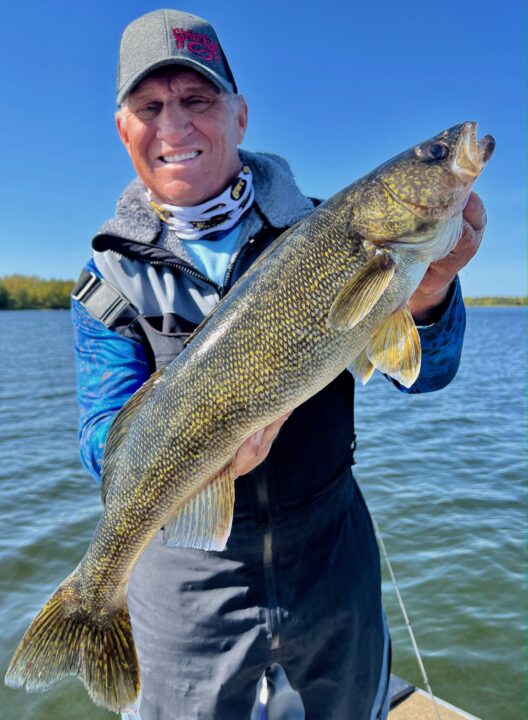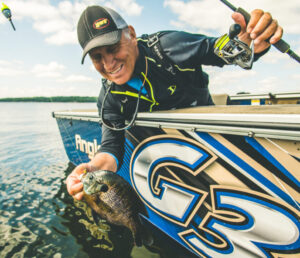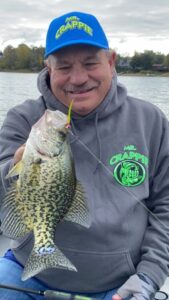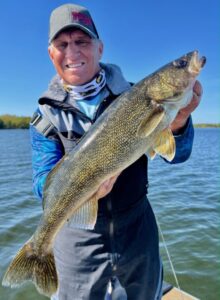As a fishing TV host/fishing educator one of my goals is to help people catch more fish. Here is a look at three things that anglers can do this coming season that can help them increase their fishing skills and hopefully catch more fish!
Embrace Change
With the vast increase in water clarity that many of our lakes have seen in the last dozen years or so, successful anglers have recognized this change and, most importantly, adapted to the situatio
For example, when chasing walleyes, I find myself fishing more and more in and around weeds, or targeting much deeper waters. It’s my thought that many of today’s walleyes seek the shade and cover that weeds offer. Or they avoid the increased light penetration that clear water creates by heading much deeper. Simply put, “back in the day” we fished the edges of classic walleye structure like underwater points and sunken humps, often with water that was in the 15–25-foot range. Today, however those fish might be up shallower in the weeds on the tops of that structure or slid out deeper into the basin adjacent to the humps and points.
Embracing change regarding fish location is important, but so is learning fishing techniques better suited for where the fish now hold. For example, in the past walleye anglers relied on Lindy-style rigs and jig/minnow combinations for fishing the structure mentioned above. Those methods will still catch some fish, but weed walleyes are often targeted by the modern walleye angler pitching jigs tipped with plastics or throwing slip bobbers to pockets in the weeds. And a heavy 3- or even 4- ounce bottom bouncer tipped with a plain snell and a nightcrawler is a great way to pursue those fish that have slid out a bit and now are in maybe 40 to 50 feet of water.
Be a line watcher
I grew up a walleye angler, eventually became a “basshead” and now consider myself a multi-species angler.
One thing bass fishing taught me that helps catch fish of all species is the importance of watching my fishing line, particularly when casting lures. Often, for example, when I pitch a jig/plastic to bass, my line twitches on the bite.
Walleye jig pitchers can also see bites. Several falls back, guide clients and I were on a good bite pitching 1/8-ounce jigs and minnows to shallow weeds. Smaller walleyes were just “felt” as the line and rod tip got heavy. Once in a while, however, the fishing line would slowly start to swim off to the side. Those were usually bigger walleyes in the 4- to 8-pound range! If you weren’t paying attention, those fish would drop the jig minus a hookset.
To facilitate seeing more bites, I often use hi-vis braided line in combination with a short fluorocarbon leader. The hi vis braid is very sensitive and visible, while the fluoro leader is invisible to the fish. CONTRA Braid in the yellow color is spooled on lots of my rods, allowing my fishing partners and me to see and feel more bites and set more hooks.
Fish more
Learning about fish behavior, various technologies, and fishing techniques is important to upping your fishing game. However, nothing beats time on the water! It’s no coincidence that the best anglers I know are also those who spend the most time on the water.
The age-old saying “practice makes perfect” holds true to fishing. While perfection probably won’t happen in the fishing world, anglers can often “up their game” by spending more time on the water, and by putting to use some of the tips presented above regarding embracing change and line watching too.
As always, good luck on the water and remember to include a youngster in your next outdoors adventure!
Mike Frisch is the host of the popular Fishing the Midwest TV series. Visit www.fishingthemidwest.com or follow Fishing the Midwest on Facebook for more “fishy” stuff.





